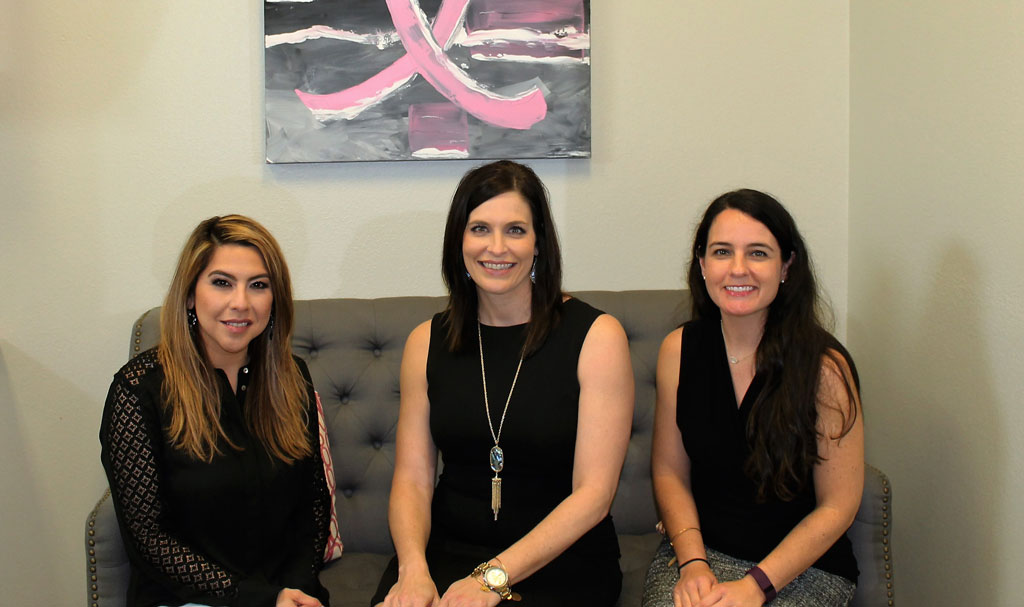The Complications of Excessive Liposuction and How to Avoid it
- Home
- >
- The Complications of Excessive Liposuction and How to Avoid it
For decades, liposuction has become a staple of our industry. As evident from a study done by the American Society for Aesthetic Plastic Surgery, liposuction was the most commonly practiced surgical procedure for 2014, with 342,494 procedures recorded for that year alone. In addition, our sister-clinic, Memorial Plastic Surgery has found Liposuction to be their most practiced procedure.
However, despite technological advancements that allow for safer procedures, many doctors agree that liposuction on its own is not enough to lose and maintain weight.
“Fast solutions to weight loss have become so prominent, that it’s allowed a new market to emerge that offers care from specialists who may not be board-certified”, advises Dr. Roehl. “Does this enable patients to get what they want? Yes. But in many cases, it may leave them with an unsatisfactory result that opens them vulnerable to complications.”
Among the common complications that may arise is ‘Excessive Liposuction’, which ends up taking away too much fat from the body. While the definite volume of fat removed varies from patient to patient, the sudden loss of an excessive amount of fat may leave the patient with decreased blood pressure at the expense of bodily fluid. And while the fluid can be replaced, if the administered dosage is not properly regulated it could lead to further complications such as kidney failure and infections.
Ultimately, Excessive Liposuction can leave the body with such an undesirable and uneven result that future weight gain might be needed in order to reverse the complication, especially if the fat is removed unevenly.
“Body Mass Index (BMI) is taken into great consideration during the initial consultation”, says Dr. Roehl. “It’s important that we stay as realistic as possible when removing fat, so understanding a patient’s natural distribution of fat, in relation to their BMI is incredibly important.”
Setting attainable and realistic expectations during the consultations is perhaps the most vital part of the procedure.
“Many people come in with the hope that liposuction will finally help them lose the weight they want”, says Dr. Roehl. “More than anything, liposuction is an aid to help people in areas where regular exercise and a proper diet fall short.”
But even then, Dr. Roehl stresses the importance that diet and exercise play during the recovery period. Light exercise can begin after the first forty-eight hours and can gradually give way to a controlled regiment.
After the procedure, the body will be open to edema (swelling), which is a natural side-effect that is often expected by surgeons. It is during the first two days that the body can start to undergo light exercise, which will allow the body to build resistance during the healing period, allowing room for it to handle simple exercise routines such as light aerobics.
Regular exercise can play a greater role in maintaining physique as the body begins to heal and adjust to the effects of the procedure, aiding in a fuller, more fulfilling result from the Liposuction.
“Liposuction is not a means to an end”, says Dr. Roehl. “Maintaining an active lifestyle, a healthy fitness routine and a balanced diet is what’s key in ensuring that you get the most out of your Liposuction.”
There will always be a number of surgeons who will promise greater rewards at a reduced amount of time. And while this may seem very alluring to anyone who wants to lose weight as fast as possible, it’s always important to take the time and care to consult with a board-certified plastic surgeon.
Under the guidance of a trained and experienced plastic surgeon, Liposuction can leave a patient with incredible results that improve the shape and definition of their bodies.
“The risks are greater when working with an inexperienced surgeon who might lack the proper training to handle a procedure like this”, adds Dr. Roehl. “A board-certified plastic surgeon carries years of experience and the best training our industry can offer to provide a safe, realistic, and above all, satisfactory result.”.


